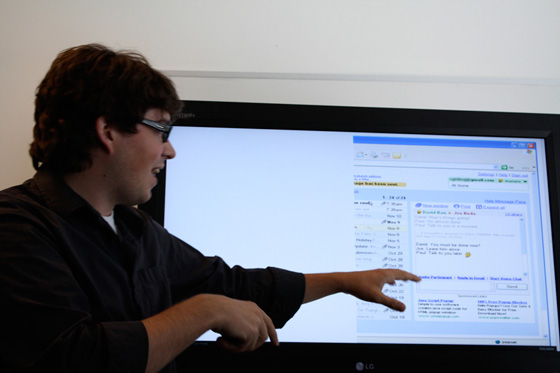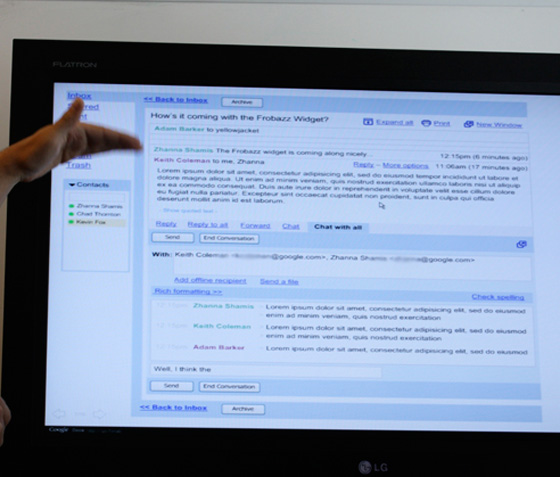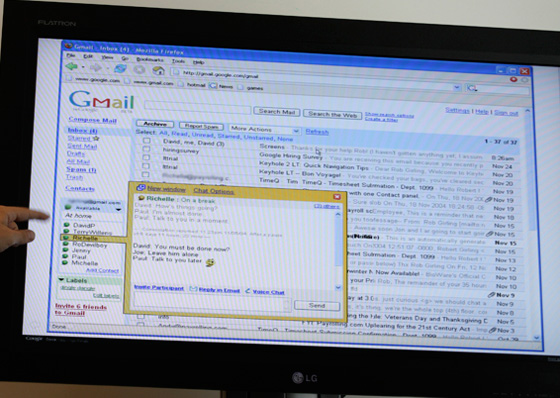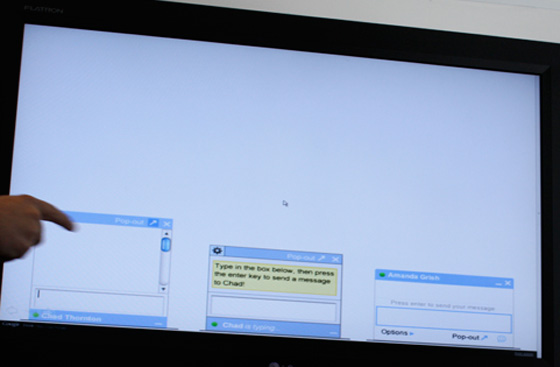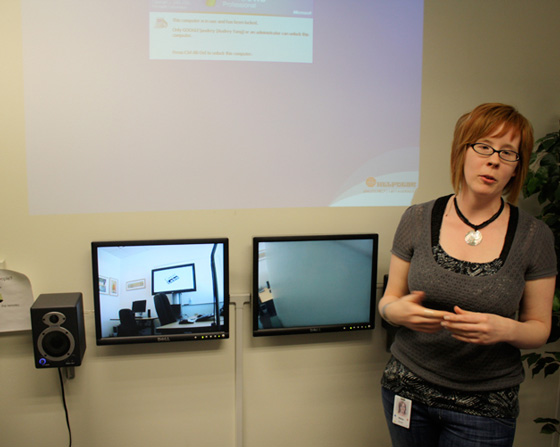
The new Google Trends product that measures website traffic (the old product simply measures search queries) is a great way to get data on website traffic. It may not be perfect, but it’s yet another data source to help people understand what’s happening on the Internet.
But curiously Google has blocked most Google properties from the product. Do a search for Google.com and you get nothing. Same for YouTube, Blogger, Picasa, etc. As Google Operating System pointed out, there are a few smaller properties that do show data, so it isn’t an across the board exclusion.
Google isn’t supplying any good explanation for the exclusion. They told GOS: “We have policy of not providing interim financial guidance, and have decided not to release Google numbers in accordance with that policy.” That explanation doesn’t make sense because the tool should be an estimate based on the same data sources that Google uses for everyone else.
A better explanation, provided by one of our commenters. is probably that Google simply isn’t able to use its own tools for estimating traffic - since by definition all the data is being gathered by Google for the product is from Google users (their toolbar, for example), the data for Google’s sites would be skewed to 100% of all Internet users. It points out an inherent flaw in the product, and I’m not sure Google can easily solve it.
 Around the corner is a second room where Google employees can watch people interact with the software real time. The room has a couch and a chair along with two screens and speakers to monitor the lab. See the image to the right.
Around the corner is a second room where Google employees can watch people interact with the software real time. The room has a couch and a chair along with two screens and speakers to monitor the lab. See the image to the right.